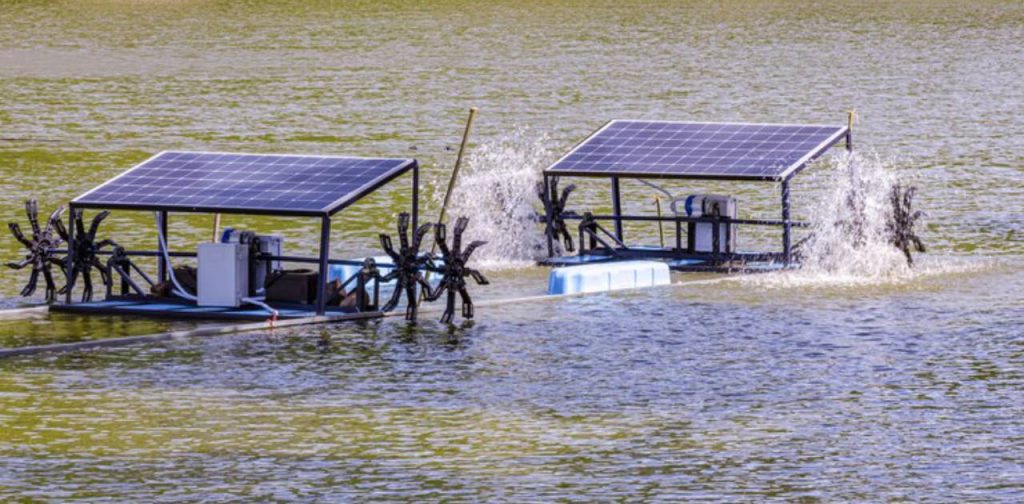In a world coming to terms with the problems associated with water scarcity and pollution, innovative interventions are therefore essential in creating clean and sustainable sources of water. The solution arises in the form of solar desalination, which uses the power consumed by sunlight to provide solutions for one of mankind’s most vital issues. The blog discusses solar desalination, which is a potential clean water solution that can meet the demand for freshwater while being environmentally friendly
Understanding Solar Desalination:
Desalination simply means the removal of salt and other impurities from seawater or brackish water to produce useful freshwater for human consumption as well as irrigation. Conventional energy sources based on traditional techniques such as reverse osmosis and thermal distillation lead to environmental issues. However, solar desalination makes use of the free and renewable energy from sunlight to run the process or treatment reducing environmental degradation.
Key Components of Solar Desalination:
1. Solar Collectors:
Solar desalination systems use solar collectors to trap sunlight and turn it into heat energy. These collectors are available in different shapes like flat-plate collectors and concentrating collector, which has been designed to ensure optimum energy absorption.
2. Evaporation Process:
The stored solar energy is then used to facilitate evaporation of water from the saline source. This separation of water from salt takes place at lower temperatures as compared to the former methods for desalination and thus saving energy.
3. Condensation and Collection:
The water vapor, which has been evaporated then condensed back to liquid that is left with the salt. On the other hand, fresh water is harvested and placed in storage for distribution while concentrated brine may be reasonably contained to reduce environmental damage.
Advantages of Solar Desalination:
1. Renewable Energy Source:
Solar desalination systems utilize the infinite power of sunlight, making them an ecologically responsible option. Solar desalination offsets climate change by minimizing reliance on non-renewable energy sources
2. Reduced Environmental Impact:
Conventional desalination methods typically utilize significant amounts of electricity or fossil fuels, which result in the emission of greenhouse gases. Solar desalination dramatically limits the carbon emissions from water treatment.
3. Cost-Effective:
Solar has the long-term potential to be cost effective especially in equatorial regions that have abundant sunshine. Although the initial installation costs may be high, there is no recurrent fuel cost which makes solar desalination commercially viable.
4. Localized Water Production:
The advantage of solar desalination systems is that they can be deployed in decentralized locations and thus provide a scalable solution for communities with limited traditional access to water infrastructure. This approach to decentralization improves resilience in water supply disruptions.
Conclusion:
Amid increasing water scarcity worldwide, going green through sustainable technologies such as solar desalination is a must-have. Through the efficient usage of solar energy to generate safe and drinkable water, we can solve issues brought about by ordinary desalination systems. The further development and application of solar desalination technologies offer the means to promise a future where clean water is available for all in order to achieve a more sustainable, water-secure world.







